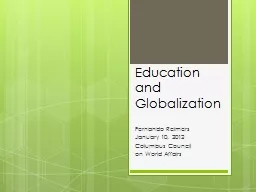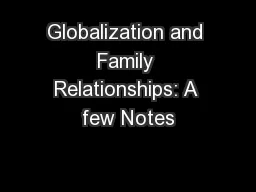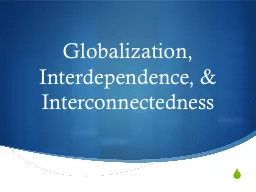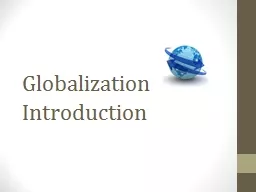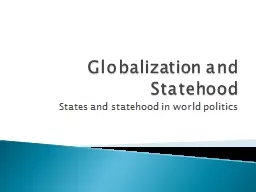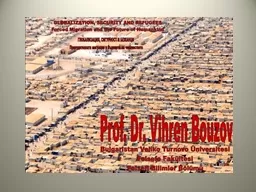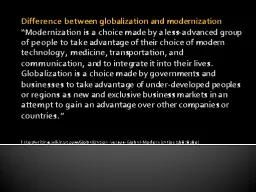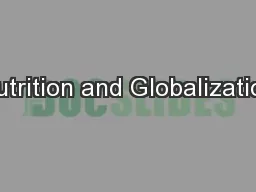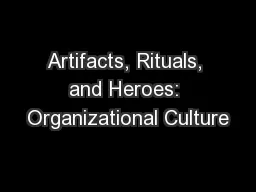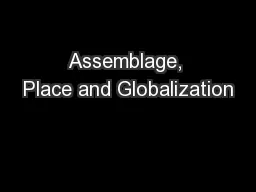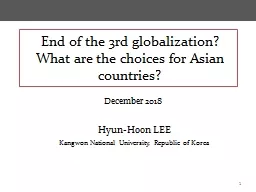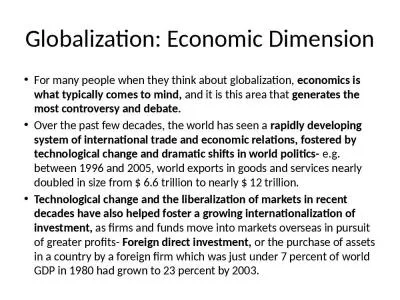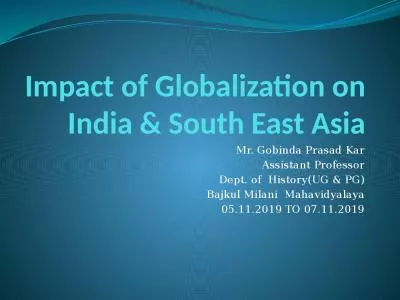PPT-Education and Globalization
Author : faustina-dinatale | Published Date : 2016-10-14
Fernando Reimers January 10 2012 Columbus Council on World Affairs Leadership and Global Education The Need for Educational Relevance Seven trends in the context
Presentation Embed Code
Download Presentation
Download Presentation The PPT/PDF document "Education and Globalization" is the property of its rightful owner. Permission is granted to download and print the materials on this website for personal, non-commercial use only, and to display it on your personal computer provided you do not modify the materials and that you retain all copyright notices contained in the materials. By downloading content from our website, you accept the terms of this agreement.
Education and Globalization: Transcript
Download Rules Of Document
"Education and Globalization"The content belongs to its owner. You may download and print it for personal use, without modification, and keep all copyright notices. By downloading, you agree to these terms.
Related Documents

